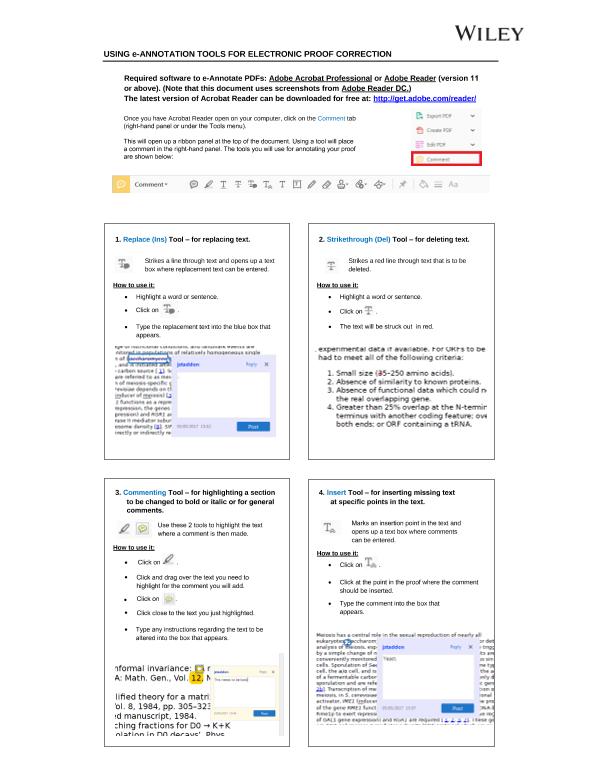Mostrar el registro sencillo del ítem
dc.contributor.author
Quipildor, Vilma

dc.contributor.author
Kitzberger, Thomas

dc.contributor.author
Ortega Baes, Francisco Pablo

dc.contributor.author
Quiroga, Maria Paula

dc.contributor.author
Premoli Il'grande, Andrea Cecilia

dc.date.available
2018-01-05T21:20:16Z
dc.date.issued
2017-09
dc.identifier.citation
Quiroga, Maria Paula; Premoli Il'grande, Andrea Cecilia; Quipildor, Vilma; Ortega Baes, Francisco Pablo; Kitzberger, Thomas; Regional climate oscillations and local topography shape genetic polymorphisms and distribution of the giant columnar cactus Echinopsis terscheckii in drylands of the tropical Andes; Wiley; Journal of Biogeography; 45; 1; 9-2017; 116-126
dc.identifier.issn
0305-0270
dc.identifier.uri
http://hdl.handle.net/11336/32482
dc.description.abstract
Aim: We sought to determine if the present fragmentary distribution of the giant columnar cactus Echinopsis terscheckii in tropical drylands is a relict of a previously more widespread range during cold and dry phases of the Last Glacial Maximum (LGM). Location: Tropical and subtropical dry ecotonal areas of northern and central Andes of Argentina. Methods: We combined ecological niche models (ENM) with molecular polymorphisms of isozymes and DNA sequences. We collected samples from 30 individuals at 24 locations for genetic analysis covering a wide range of environmental conditions. We sequenced the nuclear ITS and three non-coding regions of the chloroplast DNA and we resolved 15 isozyme loci. Potential distribution was modelled using 88 E. terscheckii presence training records and a reduced set of 10 modern bioclimatic variables. LGM and the Mid-Holocene distributions were derived by projecting bioclimatic data under present to past environmental conditions according to CCSM4 and MIROC-ESM Global Climate Models. Results: We detected high isozyme diversity towards the south. The multivariate cluster analysis yielded two groups of populations that were geographically concordant with the DNA haplotypes located north and south of a divide at 27°S. Distribution models show range expansion during the LGM in two north and south areas separated by a gap of low suitability at 27°S. Suitable areas in the south were close to current populations, while in the north, populations survived in more disjunct locations that probably suffered from founder effects. In contrast, Mid-Holocene bioclimatic conditions were relatively unsuitable in the south. Main conclusions: Our results suggest that the divergence of north and south groups of E. terscheckii populations reflect long-lasting persistence through climatic cycles that were reinforced by the presence of an orogenic divide at mid-latitudes. Latitudinally divergent groups of populations should be treated as distinct evolutionary significant units that deserve independent conservation actions. Increased genetic diversity and inbreeding towards the south may guide setting up priorities for the long-term protection of a dominant element of drylands as E. terscheckii.
dc.format
application/pdf
dc.language.iso
eng
dc.publisher
Wiley

dc.rights
info:eu-repo/semantics/openAccess
dc.rights.uri
https://creativecommons.org/licenses/by-nc-sa/2.5/ar/
dc.subject
Arid Environments
dc.subject
Cactaceae
dc.subject
Chloroplast Dna
dc.subject
Ecological Niche Modeling
dc.subject.classification
Otras Ciencias Biológicas

dc.subject.classification
Ciencias Biológicas

dc.subject.classification
CIENCIAS NATURALES Y EXACTAS

dc.title
Regional climate oscillations and local topography shape genetic polymorphisms and distribution of the giant columnar cactus Echinopsis terscheckii in drylands of the tropical Andes
dc.type
info:eu-repo/semantics/article
dc.type
info:ar-repo/semantics/artículo
dc.type
info:eu-repo/semantics/publishedVersion
dc.date.updated
2017-12-15T14:32:04Z
dc.journal.volume
45
dc.journal.number
1
dc.journal.pagination
116-126
dc.journal.pais
Estados Unidos

dc.journal.ciudad
Hoboken
dc.description.fil
Fil: Quipildor, Vilma. Universidad Nacional de Salta. Facultad de Ciencias Naturales. Escuela de Agronomía. Laboratorio de Investigaciones Botánicas; Argentina. Consejo Nacional de Investigaciones Científicas y Técnicas. Centro Científico Tecnológico Conicet - Patagonia Norte. Instituto de Investigaciones en Biodiversidad y Medioambiente. Universidad Nacional del Comahue. Centro Regional Universidad Bariloche. Instituto de Investigaciones en Biodiversidad y Medioambiente; Argentina
dc.description.fil
Fil: Kitzberger, Thomas. Consejo Nacional de Investigaciones Científicas y Técnicas. Centro Científico Tecnológico Conicet - Patagonia Norte. Instituto de Investigaciones en Biodiversidad y Medioambiente. Universidad Nacional del Comahue. Centro Regional Universidad Bariloche. Instituto de Investigaciones en Biodiversidad y Medioambiente; Argentina
dc.description.fil
Fil: Ortega Baes, Francisco Pablo. Universidad Nacional de Salta. Facultad de Ciencias Naturales. Escuela de Agronomía. Laboratorio de Investigaciones Botánicas; Argentina. Consejo Nacional de Investigaciones Científicas y Técnicas; Argentina
dc.description.fil
Fil: Quiroga, Maria Paula. Consejo Nacional de Investigaciones Científicas y Técnicas. Centro Científico Tecnológico Conicet - Patagonia Norte. Instituto de Investigaciones en Biodiversidad y Medioambiente. Universidad Nacional del Comahue. Centro Regional Universidad Bariloche. Instituto de Investigaciones en Biodiversidad y Medioambiente; Argentina
dc.description.fil
Fil: Premoli Il'grande, Andrea Cecilia. Consejo Nacional de Investigaciones Científicas y Técnicas. Centro Científico Tecnológico Conicet - Patagonia Norte. Instituto de Investigaciones en Biodiversidad y Medioambiente. Universidad Nacional del Comahue. Centro Regional Universidad Bariloche. Instituto de Investigaciones en Biodiversidad y Medioambiente; Argentina
dc.journal.title
Journal of Biogeography

dc.relation.alternativeid
info:eu-repo/semantics/altIdentifier/doi/http://dx.doi.org/10.1111/jbi.13106
dc.relation.alternativeid
info:eu-repo/semantics/altIdentifier/url/http://onlinelibrary.wiley.com/doi/10.1111/jbi.13106/abstract
Archivos asociados
